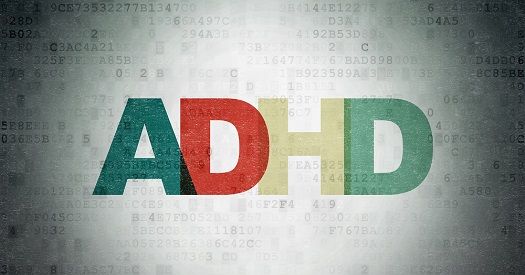Will Virtual Reality Become Part of ADHD Treatment?
Researchers hypothesize if a NFT with virtual reality can improve ADD symptoms.

A new clinical trial designed to investigate whether neurofeedback training (NFT) can improve symptoms of attention-deficit disorder (ADHD) will evaluate whether applying it within a virtual reality environment could enhance the treatment effect.
"To our knowledge, until now, no NFT study in children or adults with ADHD employing a virtual reality (VR) environment as a training setting has been conducted," said principle investigator, Caterina Gawrilow, PhD, Department of Psychology, University of Tübingen in Tübingen, Germany in a news release.
Regarding the new study protocol, the investigators indicated that they would forego using a sham procedure control group, in favor of using biofeedback as an active comparator. The trial will involve three arms, comparing NFT in children looking at a standard two-dimension screen, to those wearing virtual reality eye-sets that simulate a three-dimension, surround environment, and a comparator group receiving electromyogram (EMG)-based biofeedback.
The rationale for investigating NFT as a treatment for ADHD was suggested by studies showing that altered cortical and sub-cortical activity patterns might correspond to behavioral symptoms of ADHD. In one study with functional near-infrared spectroscopy (fNIRS) in adults with ADHD, the concentration of oxygenated hemoglobin (oxy-HB) in the ventrolateral prefrontal cortex was reduced during a memory task significantly more than in a healthy control group.
A similar result was found with children with ADHD working a Stroop color-word task.
"Consequently, we assume a treatment aiming at normalizing these deviant neurophysiological patterns (can) improve behavior and executive functioning in children with ADHD," Gawrilow and colleagues explained.
EMG-based biofeedback was selected as an active comparator after indications that training with the technique might link self-regulation skills to controlling muscular tension at measured sites.
The investigators anticipated that both, a NIRS-based NFT of frontal lobe function, whether with conventional screen or virtual reality vision and an EMG-based biofeedback would improve ADHD symptoms and self-control, as well as executive function, motor activity, school performance, and health-related quality of life.
They also expect greater treatment effect of the NFT with a virtual reality environment than with a conventional two-dimension screen, and that both will prove superior to the EMG-based biofeedback.
The study protocol calls for approximately 90 children six to 10 years with clinical diagnosis and presentation of ADHD to be randomized to one of the three study groups. The NFT sessions will simulate being in a classroom setting, complete with teacher directions and classroom noise and other distractions. The measure of the NIRS-based NFT will be regulation of the oxy-Hb in the bilateral dorsolateral prefrontal cortex. The EMG-based biofeedback will measure muscular relaxation of the musculi supraspinatus. Each NFT session will last approximately 60 minutes, and the biofeedback sessions will be approximately 45 minutes.
There will be eight training sessions administered over four weeks, followed by a two to three week break, and resume with another four week training period including seven sessions. A battery of measures will be taken at baseline, during the break, at completion of the training sessions, and at follow-up after six months. The investigators intend for the prolonged schedule and break period between training blocks to facilitate generalizing and transferring skills to real-life settings.
The new study protocol, NIRS-based Neurofeedback Training in a Virtual Reality Classroom for Children with Attention-deficit/hyperactivity Disorder: Study Protocol for a Randomized Controlled Trial, “
Related Coverage:
Is Leaky Thalamus to Blame for ADHD?
Academy Questions Value of QEEG in Attention Deficit Disorder